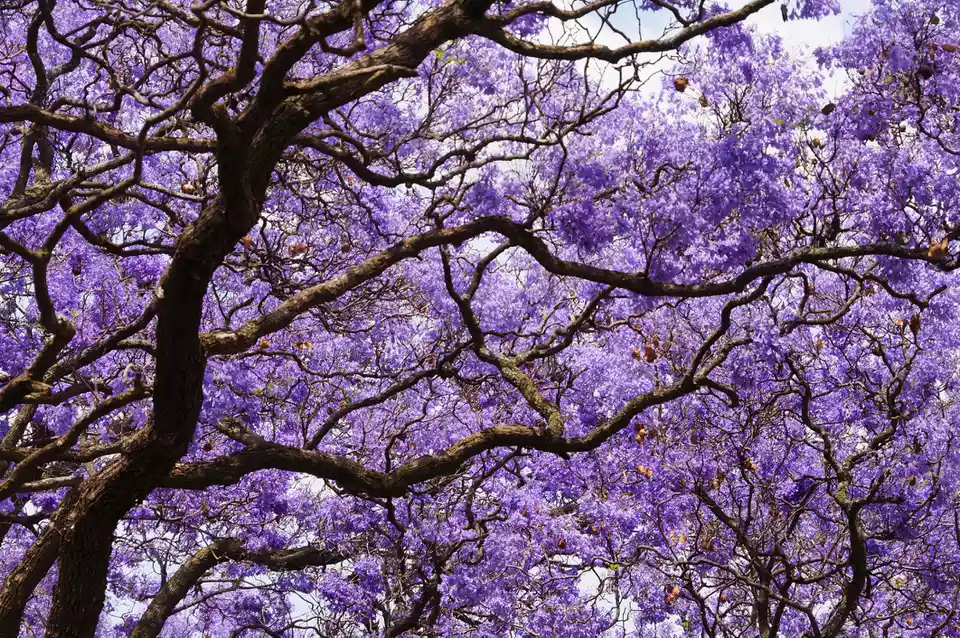Women in science, technology, engineering, and math has become a hot topic in recent years at many schools and colleges. However, less than one-third of people employed globally in STEM fields today are women, according to the United Nations Educational, Scientific, and Cultural Organization. In the United States, that number is even fewer at just about 14%. But there have been trailblazing women involved in STEM fields for centuries.
One of these women is Katherine “Kate” Olivia Sessions.
Sessions was born in 1857 in San Francisco, California. She grew up around the Bay Area for most of her young life. When it came time for Sessions to attend college, she enrolled at the University of California Berkeley. She entered the university seeking a business major but changed over to natural sciences a year later. The essay she wrote for graduation was titled, “The Natural Sciences as a Field for Women’s Labor.”
Her work as a botanist, landscape architect, and horticulturist, truly began when she moved south to San Diego in 1883. Sessions quickly established herself as one of the elites of her field. She stayed on top of the latest developments in botany and horticulture, and would very often fly to other parts of the world to study plants.
After bouncing around in the field of education administration for a while, Sessions opened a nursery in the city. She would later open a flower shop, and three other nurseries in Coronado, Pacific Beach, and Mission Hills. The Mission Hills nursery still operates to this day.
Her knowledge and expertise led the city of San Diego to offer Sessions a 30-acre parcel of land to use as a nursery in the newly established 1,200 acre Balboa Park, under the conditions that Sessions would plant at least 100 trees in the park and 300 trees and plants all across San Diego. By agreeing, Sessions career truly blossomed. She would leave her mark on the California landscape for years to come.
Sessions planted a wide variety of trees, plants and bushes throughout the city and park. It’s argued t hat Sessions largest and most notable contribution is the use and popularization of jacaranda (a purple flowering tree), for which San Diego is now known.
hat Sessions largest and most notable contribution is the use and popularization of jacaranda (a purple flowering tree), for which San Diego is now known.
In 1907, she co-founded the San Diego Floral Association, which is the oldest garden club in southern California. Through the club, Sessions was able to teach people how to grow ornamental and edible plants in the desert-esque landscape of San Diego. This aided in changing the landscape of the city from dirt and sagebrush to the beautiful, plant filled city it has become.
In 1939 she earned the Frank N. Meyer medal for plant introduction from the American Genetic Association – the first woman to win the award.
Sessions worked her whole career doing something she was passionate about and in turn, left an everlasting imprint on a city. So much so that in the 1990s, a bronze statue was erected in Balboa Park to pay homage to Sessions, and she is often credited with being the “Mother of Balboa Park”. And in 2006, the Women’s Museum of California inducted Sessions into the San Diego County Hall of Fame under the title of a Trailblazer.
For more information on Kate Sessions, read:
The Tree Lady: The True Story of how one tree-loving woman changed a city forever